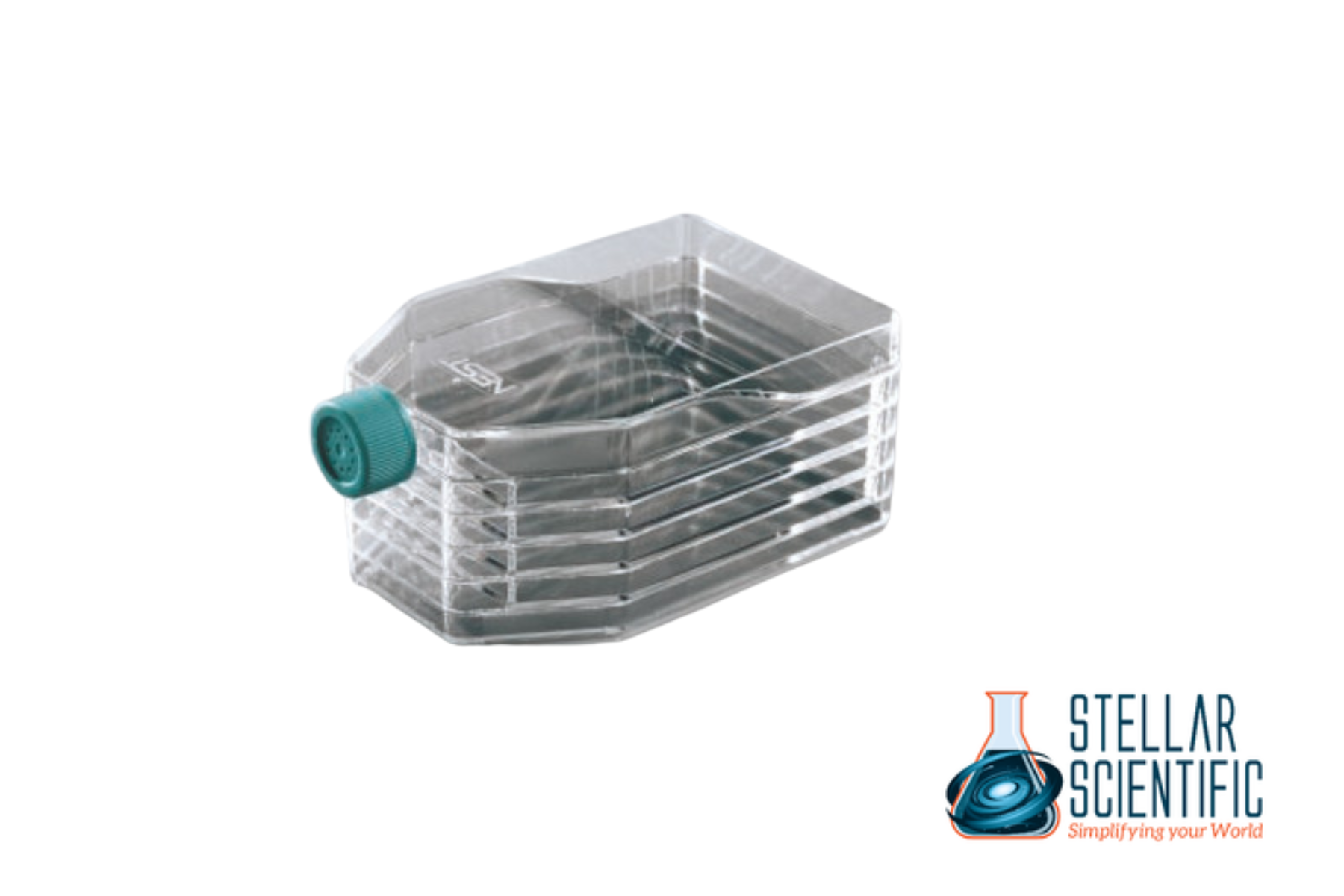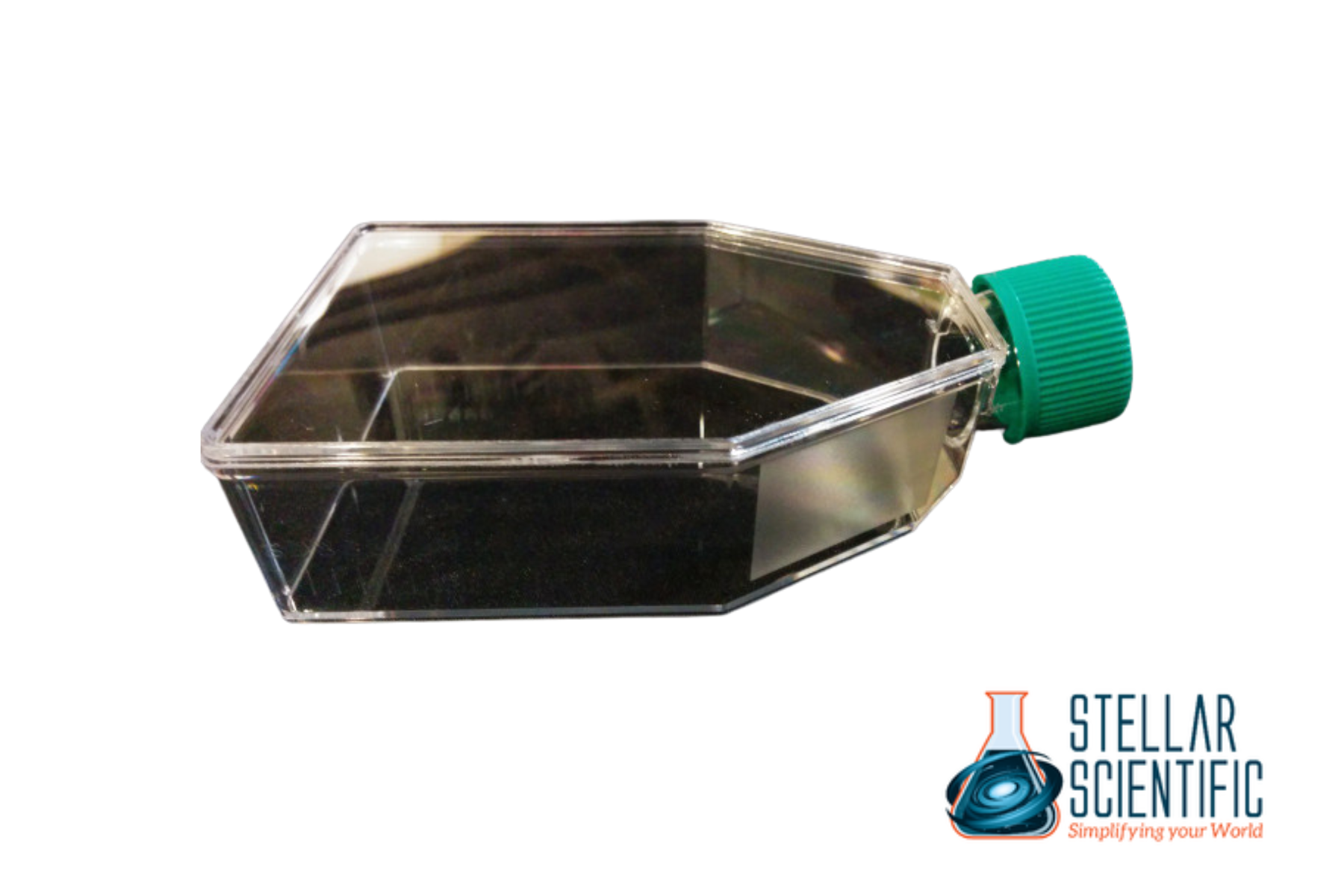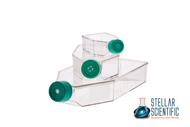Understanding TC-Treated Flasks: How Plasma Surface Modification Enhances Adherent Cell Culture
9th Sep 2025
In the world of cell biology, proper cell culture is a vital process for various research, pharmaceutical, and clinical applications. For researchers and biotechnologists who focus on growing adherent cells, selecting the appropriate surface for cell attachment is crucial. One of the most popular tools used in these applications is the TC flask. But what makes these tissue culture flasks so essential, and how does plasma surface modification enhance their performance? In this article, we will explore the significance of tissue culture treated flasks, the science behind plasma surface modification, and how it improves cell adhesion in laboratory settings.
What are TC-Treated Flasks?
TC-treated flasks, often referred to as tissue culture flasks, are specially designed containers used in laboratories for growing adherent cells. These flasks are treated to optimize the surface properties, allowing cells to attach and spread efficiently, which is necessary for successful cell growth and proliferation. The surface treatment on these tissue culture treated flasks provides a controlled environment that mimics the extracellular matrix (ECM), promoting cellular attachment.
The surface of a standard tc flask is usually hydrophobic, making it difficult for cells to adhere properly. However, with TC-treated flasks, the surface is modified to enhance cell attachment, making them ideal for culturing a wide range of cell types, including primary cells, stem cells, and cancer cell lines.
The Importance of Adherent Cell Culture
Adherent cell cultures are a critical part of biological research. Many cell lines, especially primary cells, need to attach to a solid surface to grow. Unlike suspension cells, which float freely in the culture medium, adherent cells require a stable surface to anchor themselves, spread, and proliferate. Without the right surface, these cells cannot form the necessary structures or generate the data needed for research.
Using a tissue culture flask that allows cells to adhere is crucial to ensuring the cells behave as they would in a natural environment. This is where plasma surface modification becomes essential in creating an optimized environment for the cells.

How Plasma Surface Modification Works
Plasma surface modification is a cutting-edge technique used to enhance the surface properties of tissue culture treated flasks. Plasma treatment involves exposing the surface of the flask to an ionized gas (plasma) that interacts with the material, altering its chemical and physical characteristics. This modification increases the surface energy of the tc flask, improving its hydrophilicity (water-attracting properties).
The enhanced surface energy allows for better protein adsorption, which is crucial for cell adhesion. When proteins, such as fibronectin, collagen, and laminin, bind to the surface of the flask, they create a suitable environment for cells to attach. Without plasma treatment, the surface of the flask would remain hydrophobic, making it challenging for cells to adhere and grow.
The Benefits of Plasma-Treated Tissue Culture Flasks
The application of plasma treatment on tissue culture treated flasks results in several key benefits that can enhance cell culture outcomes:
1. Improved Cell Attachment and Growth
By increasing the surface energy of tissue culture flasks, plasma treatment promotes better cell attachment. Cells are able to spread and grow more efficiently, which is essential for both short-term and long-term cultures. This improvement is particularly noticeable in cell types that are difficult to culture, such as primary cells or stem cells.
2. Enhanced Reproducibility
Plasma-modified tc flasks ensure that each flask has consistent surface properties, leading to more reliable and reproducible results. Consistency in cell attachment is crucial for experiments where variations in cell behavior can lead to inaccurate conclusions. Plasma-treated flasks reduce the risk of such inconsistencies, improving the reliability of your research data.
3. Faster Cell Growth
Because plasma treatment enhances the initial cell attachment, cells can begin growing more quickly. This means that researchers can achieve faster experimental timelines, which is especially important in time-sensitive studies. Faster growth rates can also help in scaling up production for applications such as bioprocessing or the production of therapeutic proteins.
4. Increased Surface Area for Cell Attachment
The plasma treatment process can also create a rougher surface on the tissue culture flask, which increases the available surface area for cells to attach. This is particularly important for high-density cultures or when cultivating large numbers of cells in a limited space.
5. Longer Shelf Life
TC-treated flasks that have undergone plasma modification tend to have a longer shelf life than non-treated options. The surface properties remain stable for a longer period, ensuring that the flasks continue to perform well even after storage. This is a valuable feature for laboratories that rely on bulk purchases of cultureware.
Applications of Plasma-Treated Tissue Culture Flasks
Plasma surface modification of tissue culture treated flasks has a broad range of applications across various fields of research and biotechnology. Here are a few key areas where these flasks are commonly used:
1. Stem Cell Research
In stem cell research, the ability to control cell attachment is crucial. Stem cells are sensitive to their environment, and the success of their culture relies heavily on proper adhesion. Plasma-treated tc flasks offer an ideal surface for stem cell attachment, ensuring that they remain viable for extended periods.
2. Cancer Research
Cancer cell lines require specific culture conditions for growth. Plasma-modified tissue culture flasks provide the optimal environment for cancer cells to attach and proliferate, aiding in the development of cancer therapies and drug testing.
3. Gene Therapy and Biomanufacturing
In gene therapy and biomanufacturing, large-scale cell cultures are often required for the production of therapeutic proteins or viral vectors. The enhanced cell attachment and growth offered by plasma-treated tc flasks enable these large-scale cultures to thrive, ensuring efficient production processes.
4. Tissue Engineering
Tissue engineering involves the creation of biological tissues for medical applications, such as organ repair or regeneration. Plasma-treated tissue culture flasks play an essential role in supporting the adhesion of cells in tissue scaffolds, which are then used to build complex tissue structures.

Choosing the Right TC Flask
When selecting a tc flask for your research, it’s important to consider the specific needs of your cell culture. Not all tissue culture treated flasks are created equal, and the choice of flask can impact the success of your experiments. Key factors to consider include the size of the flask, the type of surface treatment, and the material composition of the flask.
For reliable and high-quality tissue culture flasks, choosing a reputable supplier is crucial. At Stellar Scientific, we offer a wide range of TC-treated flasks designed to meet the needs of your cell culture applications. Our products are carefully selected to ensure optimal performance and reliable results.
About Stellar Scientific
Stellar Scientific is a trusted provider of laboratory equipment and supplies, specializing in high-quality tissue culture treated flasks, among other essential products for life science research. We are committed to offering reliable and innovative solutions that support researchers in their pursuit of scientific discovery. Whether you're conducting cell culture experiments, gene therapy research, or biomanufacturing, Stellar Scientific provides the tools you need to ensure successful outcomes.

